 Back to selection
Back to selection
Color Enhancements
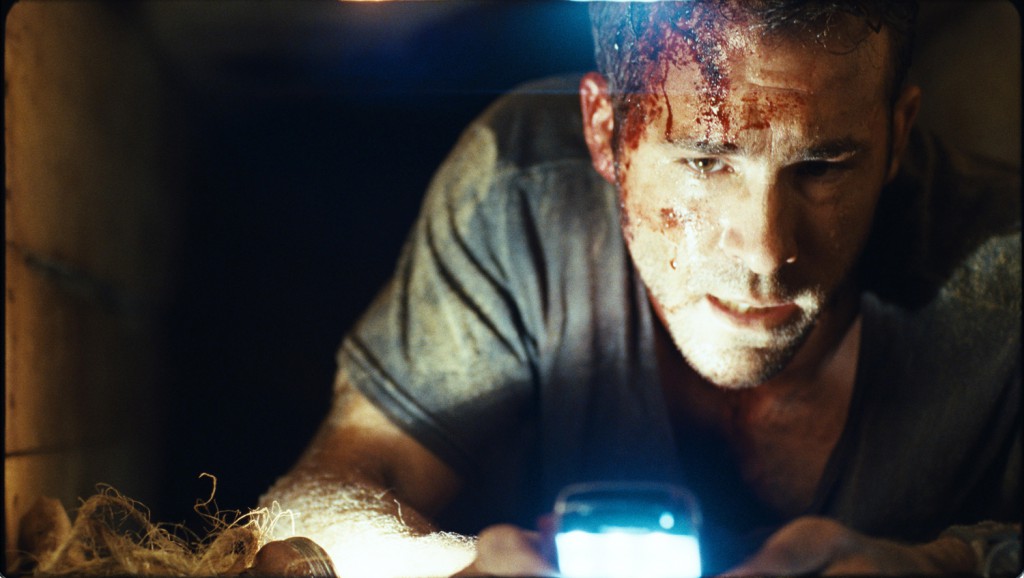
Roberto Quezada-Dardon learns why digital intermediate has become an essential tool for filmmakers
In one sense a digital intermediate, or a “DI,” is the data stored on a computer that will produce an accurately colored negative from which the final positive version of a film is made. But the term has also come to refer to the entire phase during which — digitally — negative cutting, opticals, matte shots, color, contrast and exposure are manipulated and brought together in accordance with the director and d.p.’s creative vision of the movie. For many films today, the DI process has replaced what was almost always done entirely in the lab. It’s a virtual necessity for films shot in 2 or 3-perf film stock, and while high-profile exceptions abound (The Dark Knight, for example, finished the old-school, photochemical way), many films today rely on the DI process and its extra ability to grade color for at least some realization of their overall looks.
The DI is analogous to the production of the interpositive used in chemical processing. It contains the final creative adjustments made to a film before it is mass printed and distributed. So, yes, it’s an important part of the filmmaking process. But, unfortunately, because of when it happens, it can also be one of the last things filmmakers think about when making a movie.
Andy Williams, executive producer at DIVE, a DI house in Philadelphia, describes the stages of production for many filmmakers: “It’s, ‘Okay we’re going, we’re shooting, we’re editing, we’re editing… we’re finishing editing… and now we gotta give everything to a DI house!’ And then it’s like, ‘Okay, we’re ready to start DI, what are we doing?’”
The worst-case scenario has the d.p. off on his or her next movie and a director attempting to describe to the colorist a vision of the movie while simultaneously working on sound and music, both of which are happening across town. To that load we could add a looming deadline for a film festival or even release of the picture. Attempting a DI under these circumstances winds up shortchanging the creative potential of the process while adding the costs associated with any rush job to the production budget.
But let’s now pause and rewind to see if a more efficient and less expensive ending to this movie is possible. When and how should preparation of the DI take place?
BEFORE THE CAMERA AND LIGHTING TESTS
These tests often happen in a side room of the camera rental building after funding is in place, casting and location scouting are in full swing, and a start date has been set. Ideally and quite often, however, the director and the director of photography have previously determined what the look of the film is going to be. For Snow & Ashes, winner of the Grand Jury Prize at Slamdance this year, director Charles-Olivier Michaud viewed movies such as Children of Men and Battle of Algiers with his friend and d.p. Jean-François Lord and discussed with him the thematic colors and textures he desired for his film.
Cinematographer Chris LaVasseur has used these seminal discussions, screenings, the exchange of ideas over photographs, and even comic books with his directors as guides for his initial camera, lighting and filtration tests. For Boy Wonder, director Michael Morrissey even showed him test footage he had shot himself in a manner that he wanted LaVasseur to take a little further in his own tests for the movie. Language can be such a flawed tool for communication without visual aids to illustrate what is being discussed.
Janet Falcon, a colorist with DIVE, prefers filmmakers communicate with her before principal photography, before the testing even. Janet says this doesn’t always happen. “A lot of the independent films we do we get when they’re already pretty far down the pipeline… by the time we get them they’re already editing.” For a director, discussing the look of the film with a colorist before shooting starts can be much less stressful and rewarding than during post. Falcon stresses that a filmmaker should not be shy about the sort of visual aids they want to bring in to these preliminary meetings. “The more images they can give me — DVDs, pictures ripped out of magazines, references to other movies: ‘Did you see Kill Bill?’ — the better. The first thing for me is to figure out their tastes.” This kind of information is invaluable when everyone is looking at the tests in order to get accurate input from the colorist on how to best light scenes and otherwise most affordably achieve the look they’re after, especially if the tests did not quite get the look in the visual references already discussed with the colorist
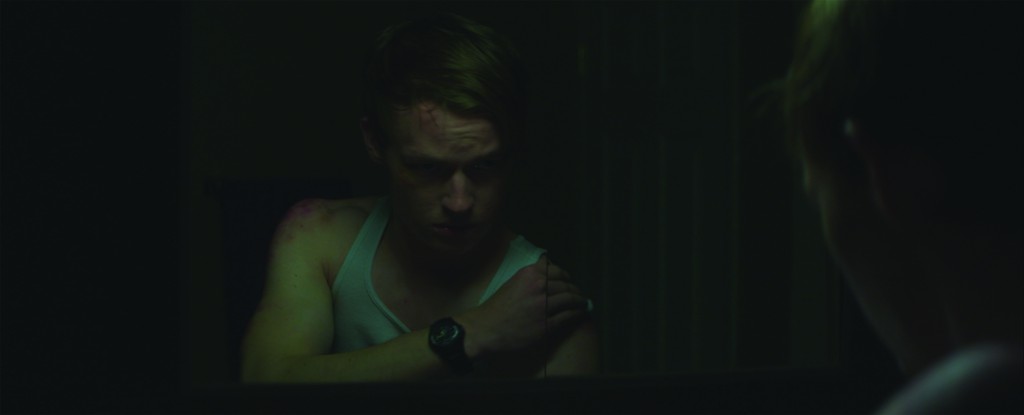
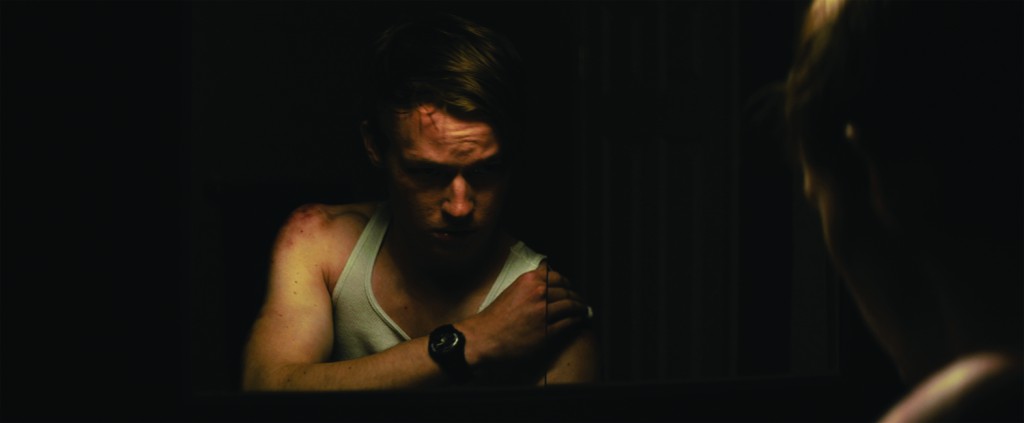
Michaud/Lord and Morrissey/LaVasseur took their tests all the way through DI to 35mm film and projected them to see what would get them the look they wanted. But each film represents a slightly different way of working with DI. Based on his tests Michaud decided that he didn’t want to shoot video and then replicate the roughness of film in DI. He says, “16 mm [blown up to 35mm] is much more aggressive than any 35mm or look you could give to 35mm or to video in post. I really wanted the native grainy look. You know, Battle of Algiers is a fiction film but you look at it and you think, ‘Wow, this is like the real deal.’ I wanted to have as much as possible ‘the real deal.’”
But although his tests were instrumental in selecting the best medium to shoot his film on and demonstrating it to his investors, Michaud plans to spend more time on lighting tests for his next film. Although in the end he got exactly the look he always wanted for Snow & Ashes, he says that “if I would have spent more time on tests and then on the DI of the tests, then I’d have known more what to do during principal photography to make the DI faster and more efficient.” For the most part he did the safe thing and followed his colorist’s advice to not try to achieve the extreme looks he wanted in camera. He and Lord delivered footage properly exposed in middle ranges that would give them ample wiggle room once they got to DI. But doing it this way does take more time — and in the DI suite,where billing is usually by the hour, time is money.
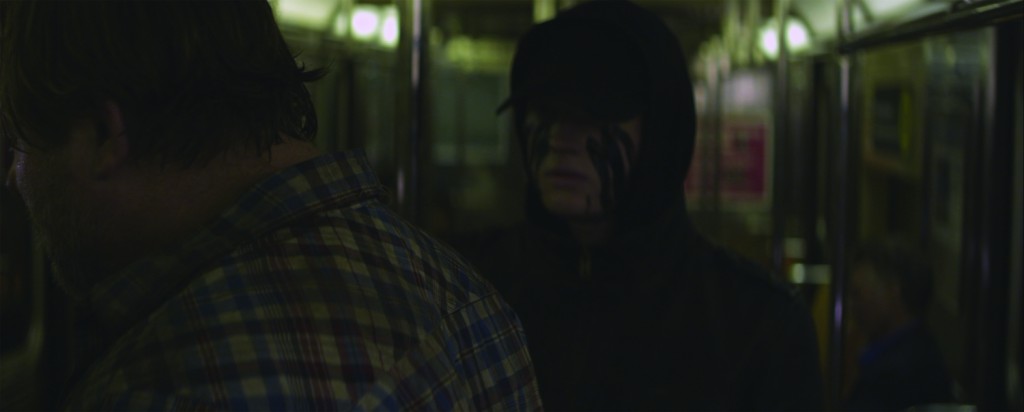
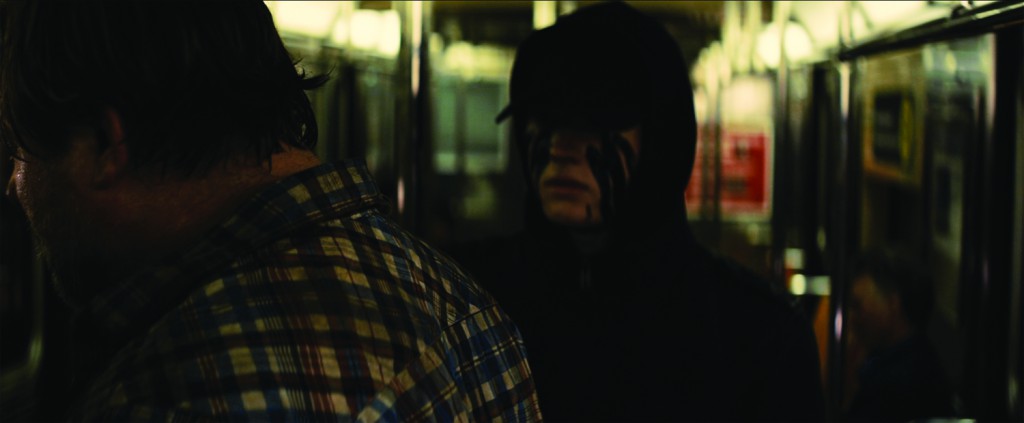
Chris LaVasseur has logged many hours in DI and as a d.p. is very familiar with the RED One camera he used on Boy Wonder. He has shot three features with it and many commercials. His philosophy is to shoot as close to what the director wants and then use DI sparingly at the end and only as a final polish. “It just doesn’t look the same to me when a shot is ‘made’ in DI rather than in the camera,” he says. As an example he says that if the director asks for something very dark, and they have determined in tests that “very dark” means three stops down, LaVasseur discusses it with the director on the set, lets him know, “this is going to be edgy” and once the director says, “go for it,” he exposes the shot three stops down. But this only works if the d.p. assuredly understands the look the director is after and knows what his or her tools are capable of doing based on very detailed tests that have been taken all the way through DI and then discussed with the director and the colorist. For LaVasseur testing takes at least on every long day even though he has shot with a camera many times. In the case of Boy Wonder he started the tests off with different lenses on the RED because he knew from discussions with the director that there would be a lot of handheld work and he needed to know which amorphic lenses would provide the best look and physical balance for this to happen. Then they moved on to exposure latitude tests: “Even though it’s video, just like film I rate it at 320 and shoot three over and three under, right? And I’ll do that in a day environment, then I go into like a tungsten environment, so it’s dark, and then I do the same thing over again, rate the film at 160, and so on. Then we do all that and test different gels on all the lights…. When I shoot the test, I do that alone, without the director, then I bring it to the director and we watch everything together and he’ll go, ‘Oh, I like that, I don’t like that,’ and it all goes into my mental file. Then I’ll show him something that’s dark and say to him, “That’s how dark I’d like to go, and he’ll say, ‘No, maybe a little lighter.’ I make a mental note of that too. [Doing tests] is such an easy step, I can’t believe a lot of people just don’t do them.”
Aside from discussing the look of the film with the DI house early on for both aesthetic reasons and very practical ones like deciding what kind of camera to use, these meetings can also help a producer or director determine what their actual budget is going to be. A process house can walk everyone through all the different camera and workflow options and show them actual finished footage of what these options will look like. Thinking of shooting a film with an HDSLR? Let a DI house project the finished product on a 40-foot screen and judge for yourself if that’s the look you imagined. Early meetings with visual aids like this will help producers and directors come to terms on a look they can afford.
Clark Henderson, who was head of post at Miramax for many years before assuming his current position as VP of Client Relations with Technicolor, feels it’s important to start a relationship with a DI company at this early stage as well. For one thing, he says, “Talk is free. That’s mostly what I do here.” But secondly, you want to know before you start shooting what kind of DI you are going to want or be able to afford at the end. “There are lots of [DI] strategies people can use. Not all movies have to go into a full-blown DI, for instance. There’s the HD DI where you use your telecine dailies transfers as a source instead of going back and scanning the negative — assuming you have HD dailies. This route is less expensive and has various strategies. You can do a lesser level of color correction like they do for episodic television where they fully intend to do tape-to-tape color later so they don’t want to crush the blacks and blow out the whites. They know to do a minimalist kind of color correction job at this stage and then apply more serious color later. There’s another strategy where you can do your dailies simultaneously with a log scanlike transfer as you do the conventional transfer and you hold this until it’s time for DI. There’s now new systems that are 2k scans. You’re basically storing data in dailies and then you draw on the data to finish the film. A number of Weinstein films were done that way. All these ways you don’t have to pay for scanning and the conforming takes less time. A third way is not doing a DI at all — you do a tape-to-tape mastering job in Rec. 709 [a HD format] and then just film out the master and do some color correction in the laboratory the old-fashioned way. There are lots of less expensive ways to go, many that are being invented as we go along.”
But for any of these strategies to save anybody money the filmmakers have to know how to handle their data before the first day of shooting. As for what these tests and meetings could cost, what Williams had to say was similar to what all the DI companies I spoke to said: “If a project approaches us from the very beginning and they’re committed to doing their DI here and we’re doing their dailies, we’re not going to charge them for their tests. At that point we’ve bought into that relationship and we are kind of a partner on that film.”
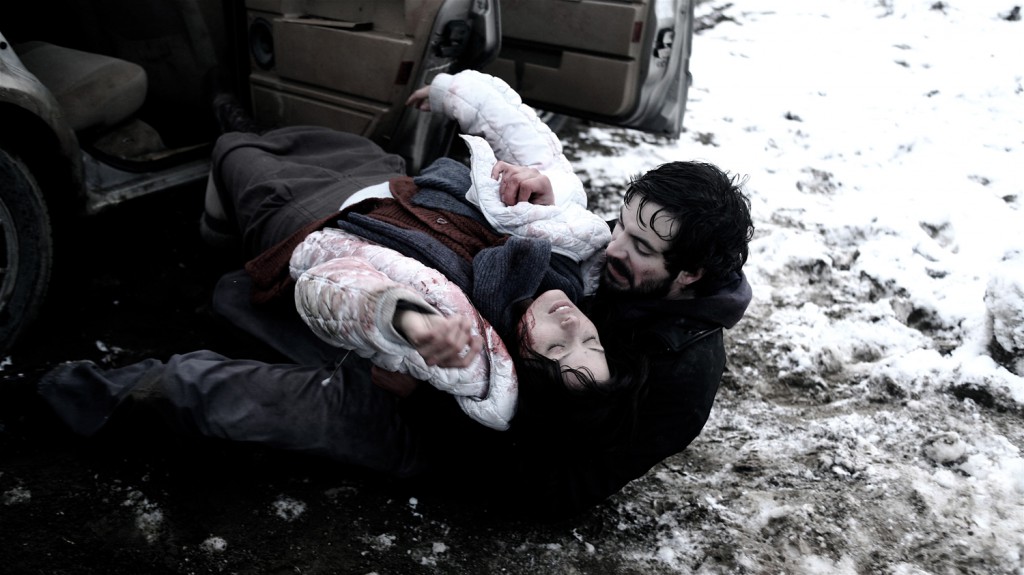
DURING PRINCIPAL PHOTOGRAPHY
Unless you’re shooting high-definition video with, say, a Sony F-35 or a Viper, what you see on a monitor during principal photography is definitely not what you will be seeing in dailies. For some independent productions shooting on film or with a RED One, making dailies is not always affordable. Or, time constraints may not allow it. But trying to get by without at least spot checks of the footage shot or captured could be irresponsible. In such cases, there are workarounds for not having dailies, but they must be rooted in the knowledge of what is possible in DI.
Cinematographer Michael Gioulakis says that he would not work without dailies unless he was using a camera with which he was very familiar. Currently he is shooting John Dies at the End on a RED for director Don Coscarelli. Gioulakis’s take on working with the RED is that although “you have that monitor reference, which is a lot more than you get with a video tap when you’re shooting film, it’s still not 100 percent like what you get with HD.” So what both he and LaVasseur recommend when shooting with a RED One is that a d.p. or a data technician who knows what can be done in DI look at the files that the camera is generating. This means checking the QuickTime proxies or the RAW images, and maybe even manipulating the proxy footage to make sure the desired look will be possible in DI. It’s not the most ideal way to work, but it will avert the disaster of winding up with footage that would be unaffordable or impossible to reshoot.
Director Michael Morrissey, who has his own production company and has years of experience making commercials in HD, had never worked with a RED One. He says that his initial experience seeing untreated footage from the camera was similar to everybody else’s first working with a RED: disappointing. “I said to Chris [the d.p.], ‘They look like oompa-loompas.’ You know, the characters in Willy Wonka with orange faces and pink lips? The colors were so saturated… the greens looked like AstroTurf.” Morrissey says that what LaVasseur was getting looked great in terms of the level of detail, but he didn’t know if he would be able to get the color he wanted at the end. Although LaVasseur allayed his fears regarding what could be done in DI, Morrissey still needed to actually see it to believe it. So, he processed a couple of scenes with software downloaded from the RED website called RED Rushes and RED Cine. He says the process “allows you to see the data a little more cinematically and… to get a look at what you’re going to get eventually in terms of the color.” This was all accomplished on what he laughingly refers to as his post facility because “it consists of a monitor and an Apple tower.” But this type of processing is very time-consuming — the files are huge — so it is not really advisable to do every day to every shot during principal photography. Using the same software, Morrissey settled a process involving daily deliveries of QuickTime rushes that he’d view on his laptop while on set. There, the data tech, Guillermo Tuñon, took everything they shot, card by card, and downloaded it to a hard drive. From that, Morrissey says, not only were Tuñon and LaVasseur able to show him what was being shot, “they were able to color it right there with RED software. Five minutes later it was, ‘Hey Mike, look at this,’ and I could get an idea of what it could be. Using this process, what you’re seeing is not [actual motion picture] footage, but a color-timed frame of a scene, and that was fine for me on the set. To see a proxy of the whole scene colored that way, [like for dailies], you can export those color specifications from the R3D files made by the RED to a QuickTime and watch it play out that way.”
Eventually, at the end of principal photography, this information was used to “rough in” the color on every scene in the movie. Morrissey sent these versions to film festivals for consideration before finally going to DI. But, just as importantly, this rough cut was also what Morrissey was able to hand to the colorist at Mega Playground to use as a general guide.
DURING POST, BEFORE DI
And this is exactly what colorist Janet Falcon wishes for, that she could “get to look at the rough cut beforehand, even if it’s not finished, even if it’s not final audio, just to start to get the vibe of the movie. It’ll say ‘property of so-and-so’ right across the middle of it and I’ll get to take it home and watch it and then I’ll have a sense of the movie. Is it a colorful movie, a happy movie, a sad movie? It means something even when someone comes in with a well-shot piece of film and says, ‘We like the general look of the film.’ At that point it’s still going to be, ‘Alright, now do we want to start crushing the blacks, do we want to clip the whites, do we want to push everything warmer?’ Or, they might say, ‘The dailies were all over the place and we really want to go for a much more toned-down look.’ Seeing a rough cut ahead of time makes a big difference. Huge.”
THE DI
For some filmmakers, like Rodrigo Cortés, director of the Lionsgate picture Buried, post and DI is where a film is actually made. “For me, principal photography is just where I gather the elements I need to actually make the movie in postproduction. For someone with that philosophy of making a movie, the DI process is so necessary. The first thing I do [when reading a screenplay], I imagine the film exactly the way it’s going to be at the end. Seventy percent of how I imagined the movie we were able to get in the dailies… we mainly just had to balance the colors in DI.”
Shot on 35mm Kodak 5260 film, Buried is lit entirely with only five sources of light: a cell phone, a cigarette lighter, a glow stick, and two different colored flashlights. Cortés says that he rewrote the script, by Chris Sparling, to include this additional number of lighting sources “to be able to tell the story through very specific sources of light.” So the 30 percent job left to do in DI, that of balancing and enhancing the various light sources, was a very important one. Cortés wanted the light of the cigarette lighter, for instance, “to feel primitive and have more of a reference towards golden and earth tones, whereas the light of the cell phone instead of being just white, needed to have a slight tint of blue because it was the only element in the film that was technological. [The film takes place] in such a harsh and pure environment that [the color of] this sole connection with the outside world needed to be subtle and yet elegant, whereas the light of the flashlight needed to look harder than the light of the lighter that flickered and felt more alive and organic.”
Cortés feels that if he had not previsualized the film this way, he would have been lost in DI. Regarding this step of the process, he has very strong opinions. “It is a mistake to think that if you rush through principal photography haphazardly you will be able to fix your images in DI later. This to me is definitely the wrong way to work. You need to have a very concrete idea before you start. You need to know specifically what you are going to use DI for later and if you really want to do something in DI [as opposed to getting it in the camera]. But having used DI in the past, I could never work without it. I definitely make decisions on the set knowing that I can do certain things to a shot in DI. DI, for me, is indispensable.”
In the end, as Cortés so aptly puts it, “You have so many options at this stage, the most important thing is not, ‘What can you do in DI?’ It’s, ‘How much time do you want to spend in DI?’”
